Emotions and orders underlie each move price makes. Whether it is on a 1-minute chart or a daily chart.
As “good” traders we place orders based on risk/reward, and we have entries, stop losses, and targets. But many people don’t trade that way. They enter trades based on greed or revenge, and then get out of those trades when they are screwed or feel fear.
Good traders, and even algorithms, can figure out when this happening because it occurs based on the same scenarios over and over again.
This also happens because many strategies are based on placing orders in a similar location: above a recent high if going short or below a recent swing low if going long. If we get multiple swing highs and lows in a similar location (especially with more recent ones NOT moving beyond prior ones), orders are going to cluster around those levels.
Understanding Order Placement and Trader Emotions Can Improve Trade Selection and Timing
While we (as good traders) take the trades our strategy tells us to, we can enhance our performance by understanding how and when traders tend to enter and exit the market in mass, whether based on emotion or a collection of stop loss or entry orders.
When a large group of traders are “screwed”, for example, they tend to exit very quickly. And if you know what to look for, you can enter the market helping to push them further into trouble, resulting in a rapid price move that hits our target or moves us into profit quickly.
When no one is screwed, or no one seems to care about the price action (what I call “drift”) we stay out of trades because it is less predictable which way price may move.
When others are acting on emotion, or when price action unfolds in a certain way that traps a bunch of traders, then we have a much higher probability trade, because those people must get out of their position. Or if people are euphoric (we can tell this based on the size and velocity of recent price moves) they will pile in after you, also helping to push the price in your direction.
The following video looks at day trading the 1-minute chart. It primarily focuses on noticing when traders are screwed to enhance our performance. It also shows how all the day trading strategies (in the day trading courses) are actually tied to this concept.
We are entering at moments when groups of traders are screwed, or the price is moving aggressively and many people are having the strong emotion of missing out or getting greedy.
These concepts play out on all time frames, because different traders are involved on different time frames and will therefore feel these emotions based on different time frames (that they are trading). There can also be a domino effect from larger time frames down to smaller time frames, and from small times up to larger ones.
This is not a comprehensive video on the psychology of price movement. For example, when I am swing trading stocks, I primarily look at stocks in uptrends that are breaking out of patterns or moving higher out of a pullback.
There may be some people screwed in these situations, but there are also likely to be lots of people entering at my entry points because it is a low-risk entry point, there are likely buy orders cluster near where I’m entering, as price moves up more people will feel they missed out and will join the trend (pushing it up more), and anyone who was short is forced out (has to buy) helping to fuel the price higher as well.
Price Action is Dynamic, and Emotions Change Quickly
What I also want to highlight in these videos is that who is screwed or greedy can change quickly. We need to be on the lookout for that, and always consider what’s unfolding.
For example, assume the price moved up to the same level three times. We know there are likely buy orders clustered above that series of highs, both from people who are short and want to get out if the price moves above that level, and orders from people who want to get long if the price moves above those highs. What we don’t know is how far the price will run after.
If lots of buyers keep coming, the price keeps going up. If they don’t, the price sinks back. That is information, and we can create strategies around it.
Basically, I am always trying to determine who is stronger, buyers or sellers, and we can determine this by the size and velocity of the price waves they create. These groups are essentially creating footprints, showing what they are doing and how they are feeling.
THE GOAL IS NOT TO TRADE EVERY PRICE MOVE. RATHER, TO WAIT FOR MOMENTS WHEN OUR STRATEGY OCCURS AND IT ALIGNS WITH A POINT THAT WILL LIKELY TRIGGER OTHER ORDERS IN OUR DIRECTION OR STRONG EMOTION.
No strong emotions, or few orders, means minimum price movement, and thus NO trading. Although we can anticipate when orders and emotions will enter the market based on these recurring patterns.
For additional insights on price action, which will help in understanding what I’m looking at in these “psychology of price action” videos, see:
- Become a Master at Price Action Trading
- How to Spot Trends and Reversals in Real Time
- Price Action Day Trading Cheat Sheet
Cory Mitchell, CMT
If you are interested in learning my stock day trading method, check out the Price Action Stock Day Trading Course.
If you are interested in learning my forex day trading method, check out the EURUSD Day Trading Course.


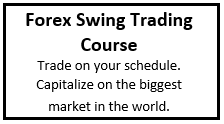
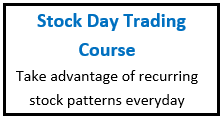
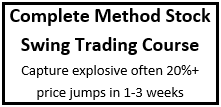
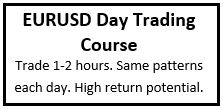
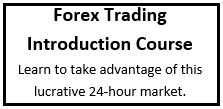
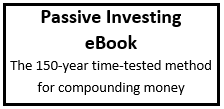
2 Comments
Leave your reply.